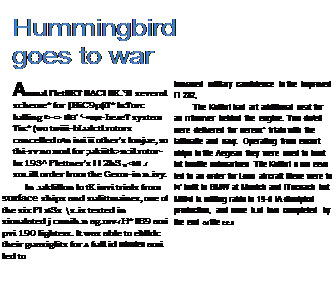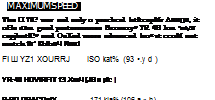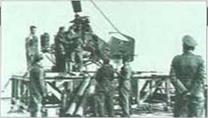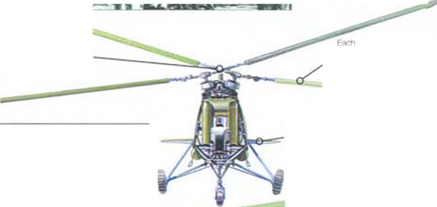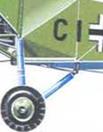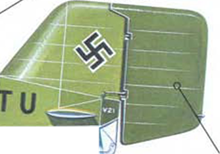К-MAX
 |
• Twin-engined ‘flying crane’ • Single-seater • Intermeshed rotors
|
C |
harles Kaman launched his helicopter company in 1945 when he was 26 years old. The K-MAX is the latest product from this now elderly trailblazer. The last living aviation pioneer of the 20th century, Kaman’s principal contribution was the intermeshing rotor arrangement that dispenses with the need for a tail rotor. This arrangement is used on the K-MAX, known as the ‘aerial truck’, a machine capable of lifting almost 3 tonnes.
Kaman K-MAX
Sales in Europe ^
Helog of Switzerland became the first European K-MAX operator in May 1995. when this colourful example was delivered. Others have boon delivered to Franco and Sweden.
|
|
|
|
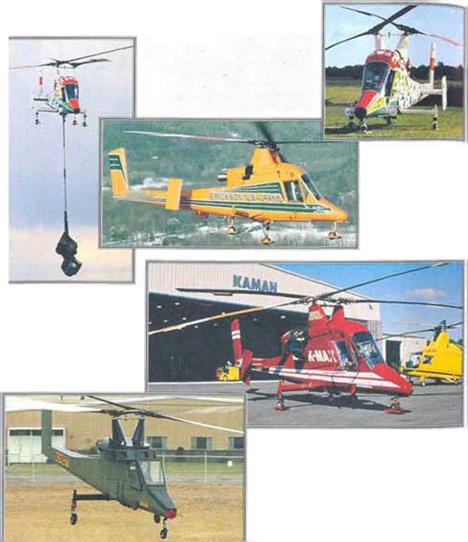
A Slim profile
In this view of a Helog aircraft with an understung toad, the slim frontal profile of the design is seen. Angled cockpit windows give the pilot an oxcellont view.
A Connecticut factory
Pilots are trained using ex-military Kaman HH-43F Huskie helicopters. H-43s have a similar Intermeshing rotor system.
◄ Prototype N3182T
In December 1991 the first K-MAX took to the air. This aircraft consisted of the basic airframe structure without a tailplane and fins.
![]()
> The K-MAX was originally known as MMIRA (pronounced ‘Myra’) for Multi – Mission Intermeshing Rotor Aircraft.
► The US Navy evaluated the type for uso In resupplying warships at sea.
>■ In 1996 the price for one of theso
helicopters was S3.5 million.
The K-MAX was the first helicopter structurally designed for repetitive external lift operations.
>• Production rate at Kaman’s Connecticut factory in 1996 was six per year.
► Kaman claims a 20-year life for K-MAX1* airframe, at 1,000 hours per year.
|
|
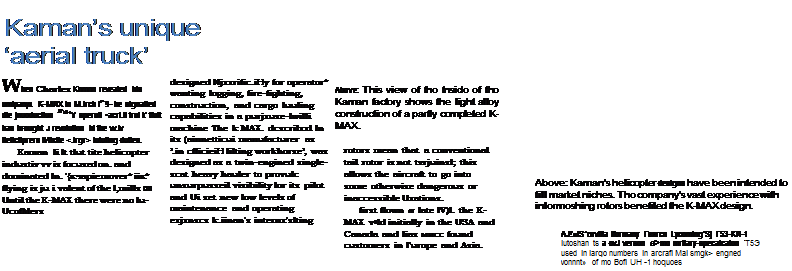 |
|
|
|
|
|
|
|
|
|
|
|
|
|
 |
|
|
|
|
|
|
|
|
|
|
|
|
|
|
|
|
|

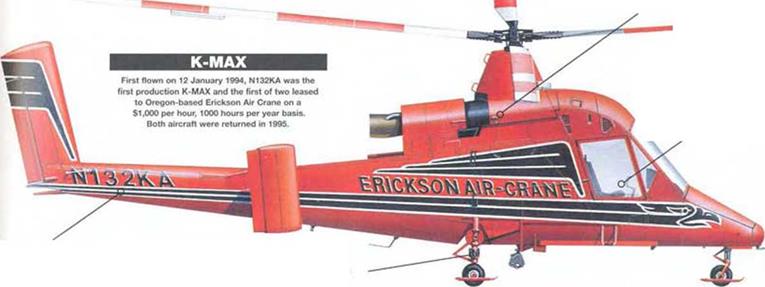

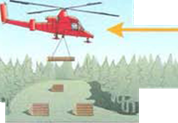
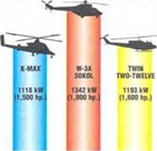
![]()
Kamov











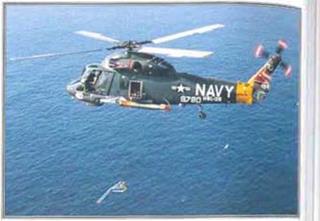 ▼ Watching the Soviets
▼ Watching the Soviets



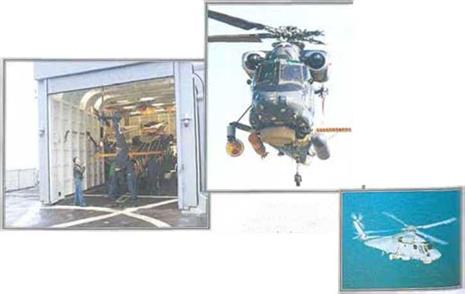 A Torpedo attack
A Torpedo attack



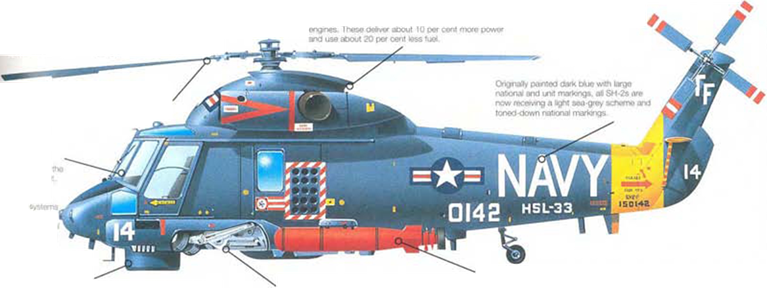


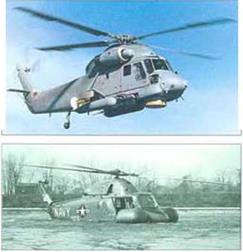


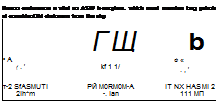


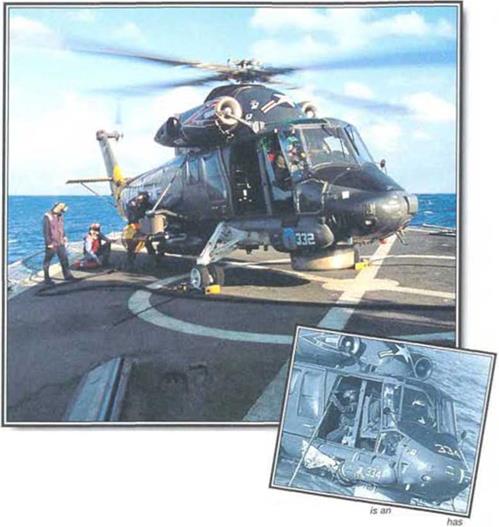 Kaman’s SH-2F Seasprite and SH-2G
Kaman’s SH-2F Seasprite and SH-2G
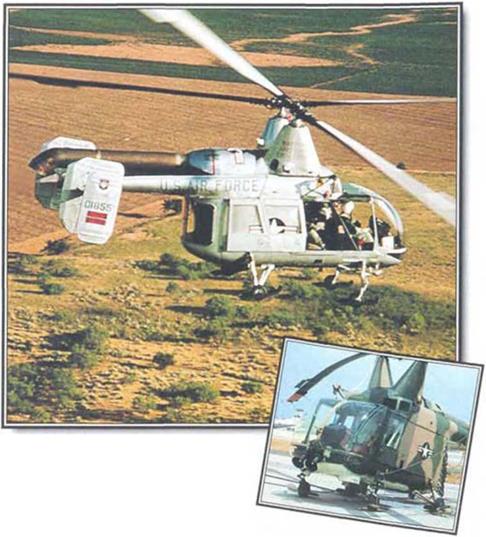 Developed in the 1950s, the
Developed in the 1950s, the
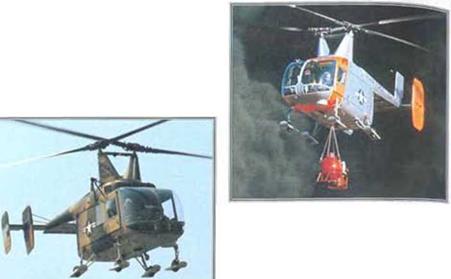 When flying aircrew roscue sorties in Vietnam, the Huskie was painted in camouflage. Due to the Н-43’s limited range, it was generally used only over South Vietnam, although its small si/c allowed it to operate in small jungle clearings.
When flying aircrew roscue sorties in Vietnam, the Huskie was painted in camouflage. Due to the Н-43’s limited range, it was generally used only over South Vietnam, although its small si/c allowed it to operate in small jungle clearings.
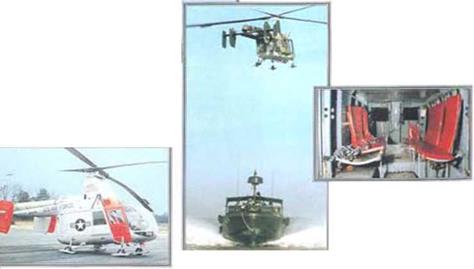 ◄ Delta delivery
◄ Delta delivery
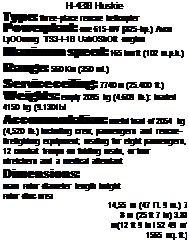


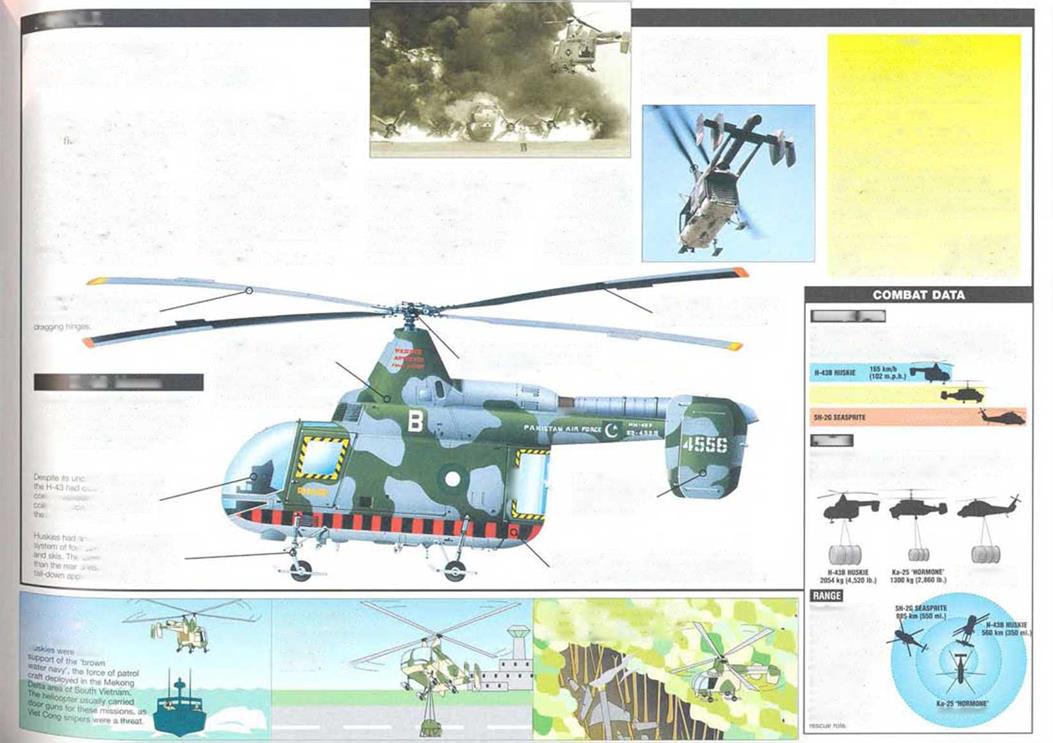

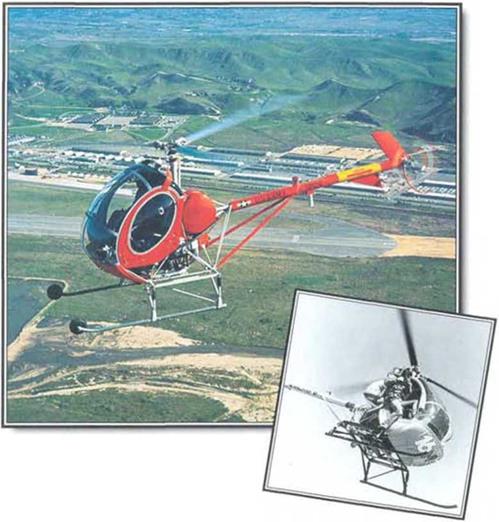 In 1948 the Hughes Aircraft Company began specialising in helicopters.
In 1948 the Hughes Aircraft Company began specialising in helicopters.


 A Police service
A Police service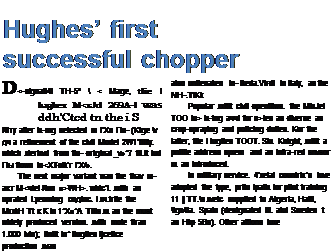
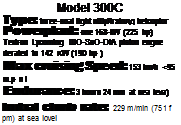
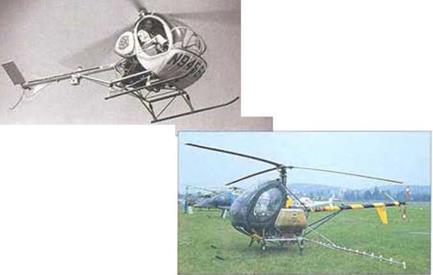


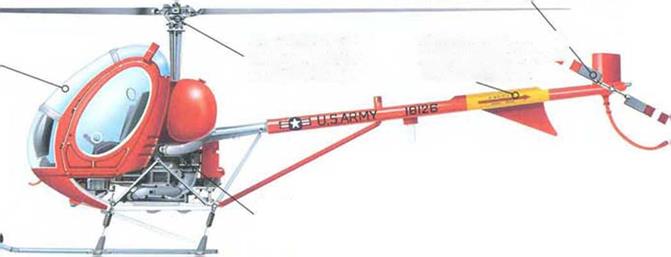
 The OH-6A is tour ttian its dole contemporary the Aerospmule SA 318C Atouetle It Although the more recent вагепе AM Mi t tvn gnrerer ipeaa suit it is vunwata»» n combat
The OH-6A is tour ttian its dole contemporary the Aerospmule SA 318C Atouetle It Although the more recent вагепе AM Mi t tvn gnrerer ipeaa suit it is vunwata»» n combat
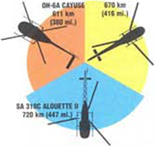
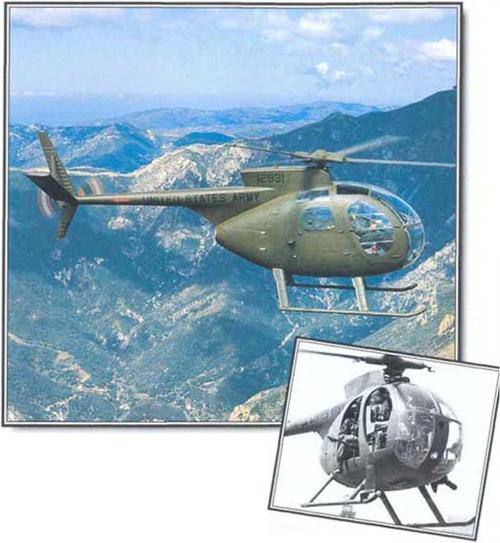 Hughes overcame competition from
Hughes overcame competition from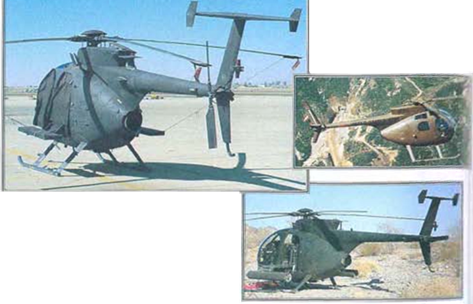
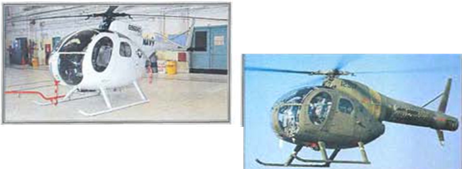
 helicopters, im hiding a family of special o|x*ratfoas variants Tltese ” align=”left” width=”155″ height=”160″ style=”margin-left:-96px;margin-right:96px;margin-top: 0px;margin-bottom:41px”/>
helicopters, im hiding a family of special o|x*ratfoas variants Tltese ” align=”left” width=”155″ height=”160″ style=”margin-left:-96px;margin-right:96px;margin-top: 0px;margin-bottom:41px”/>

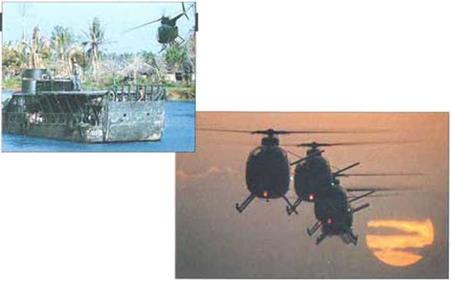
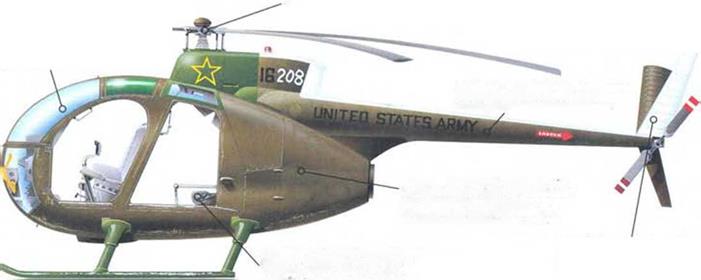

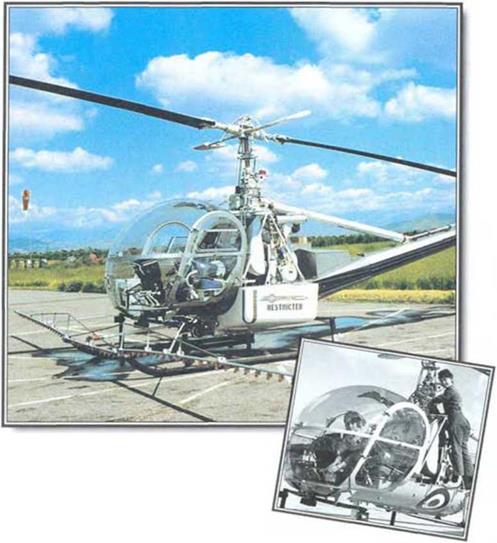
 lagship tor an exceedingly successful helicopter family which included the Model 360 and the military H-23 Raven, the UH-12 was created in 1948 by helicopter genius Stanley Hiller. As a test bed for his innovative ‘Rotor-Matic’ control system, it went on to be built in largo numbers. At least 2,300 examples have provided excellent service to civil and military users, and many are still on duty, from Britain to New Zealand.
lagship tor an exceedingly successful helicopter family which included the Model 360 and the military H-23 Raven, the UH-12 was created in 1948 by helicopter genius Stanley Hiller. As a test bed for his innovative ‘Rotor-Matic’ control system, it went on to be built in largo numbers. At least 2,300 examples have provided excellent service to civil and military users, and many are still on duty, from Britain to New Zealand.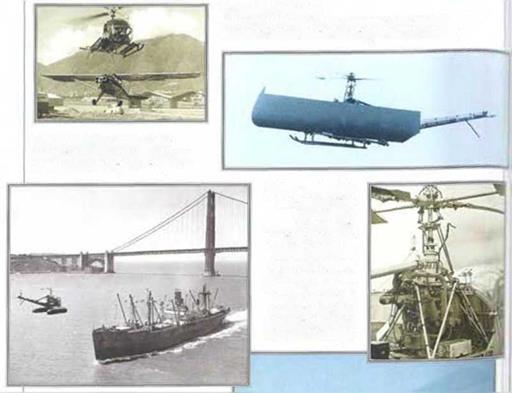 Hiller UH-12 Raven
Hiller UH-12 Raven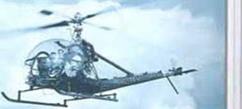 A Over San Francisco Bay
A Over San Francisco Bay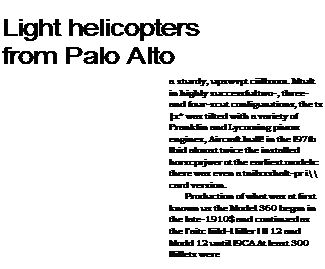
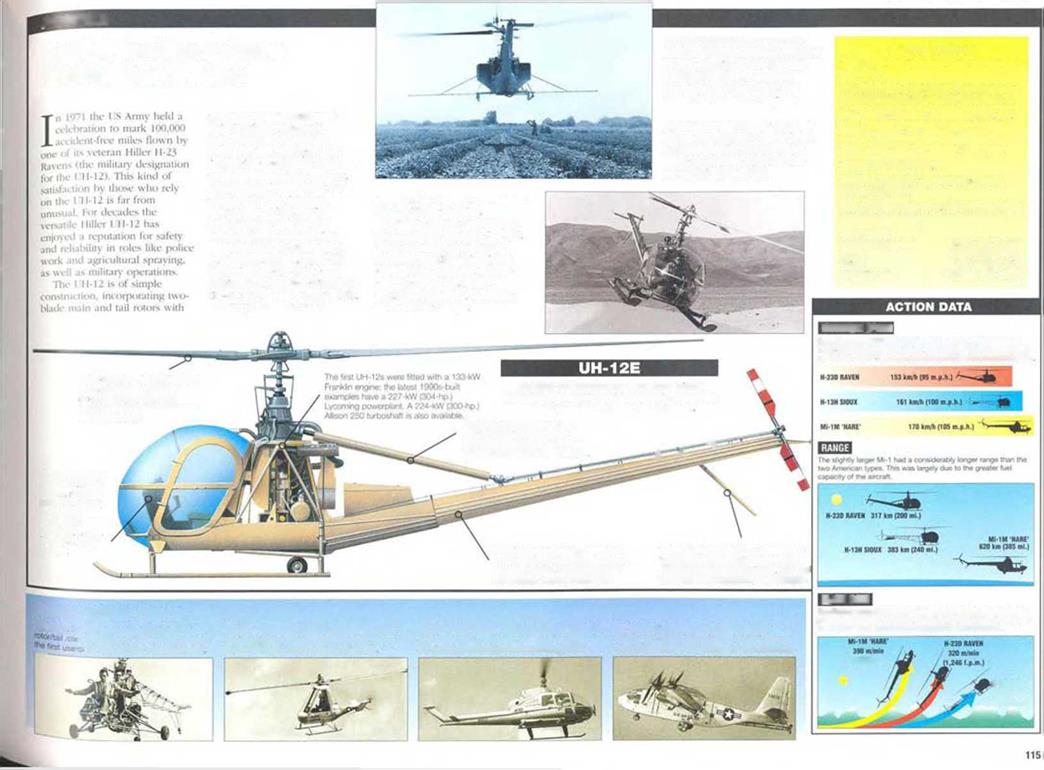



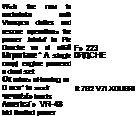







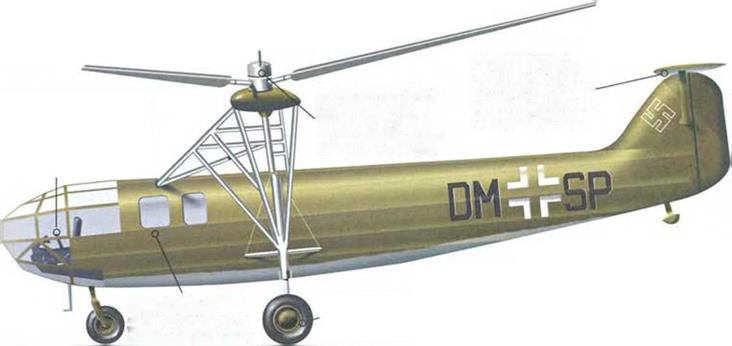
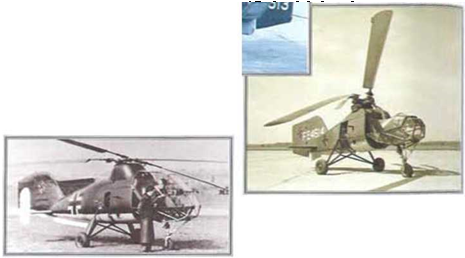
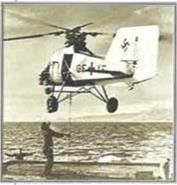 ◄ Into service
◄ Into service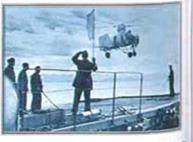 Shipborne ► operations
Shipborne ► operations